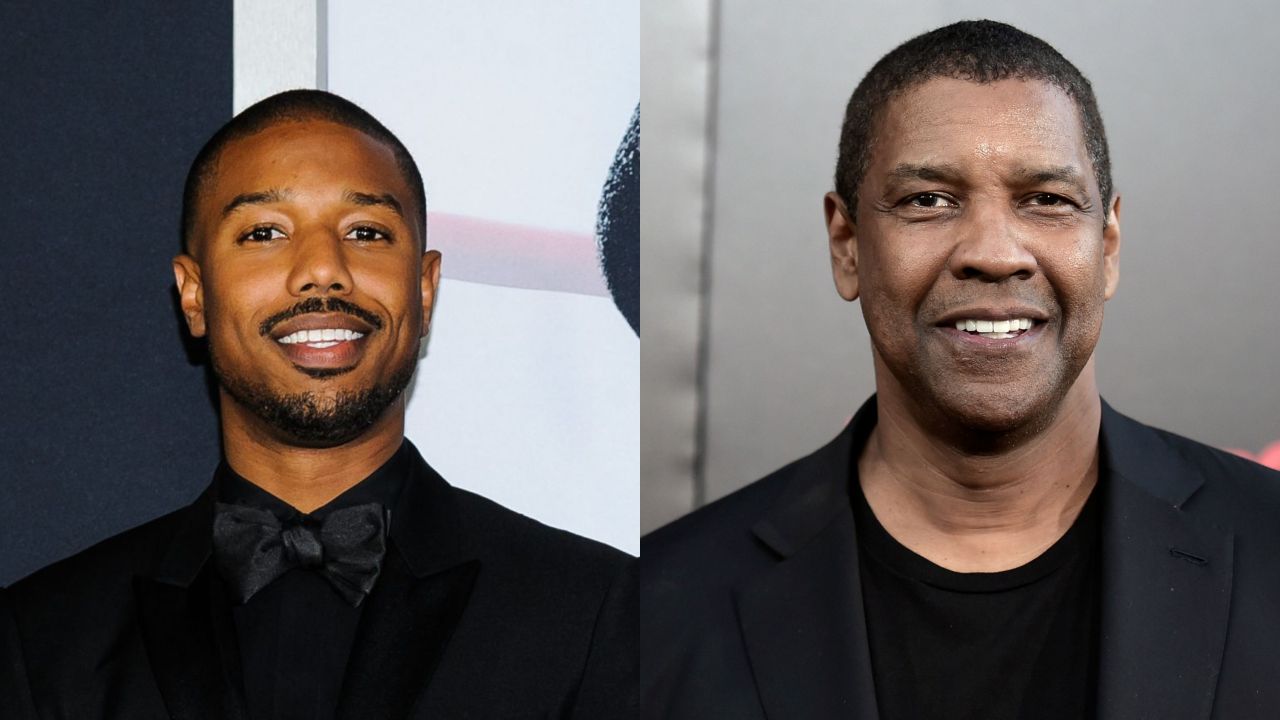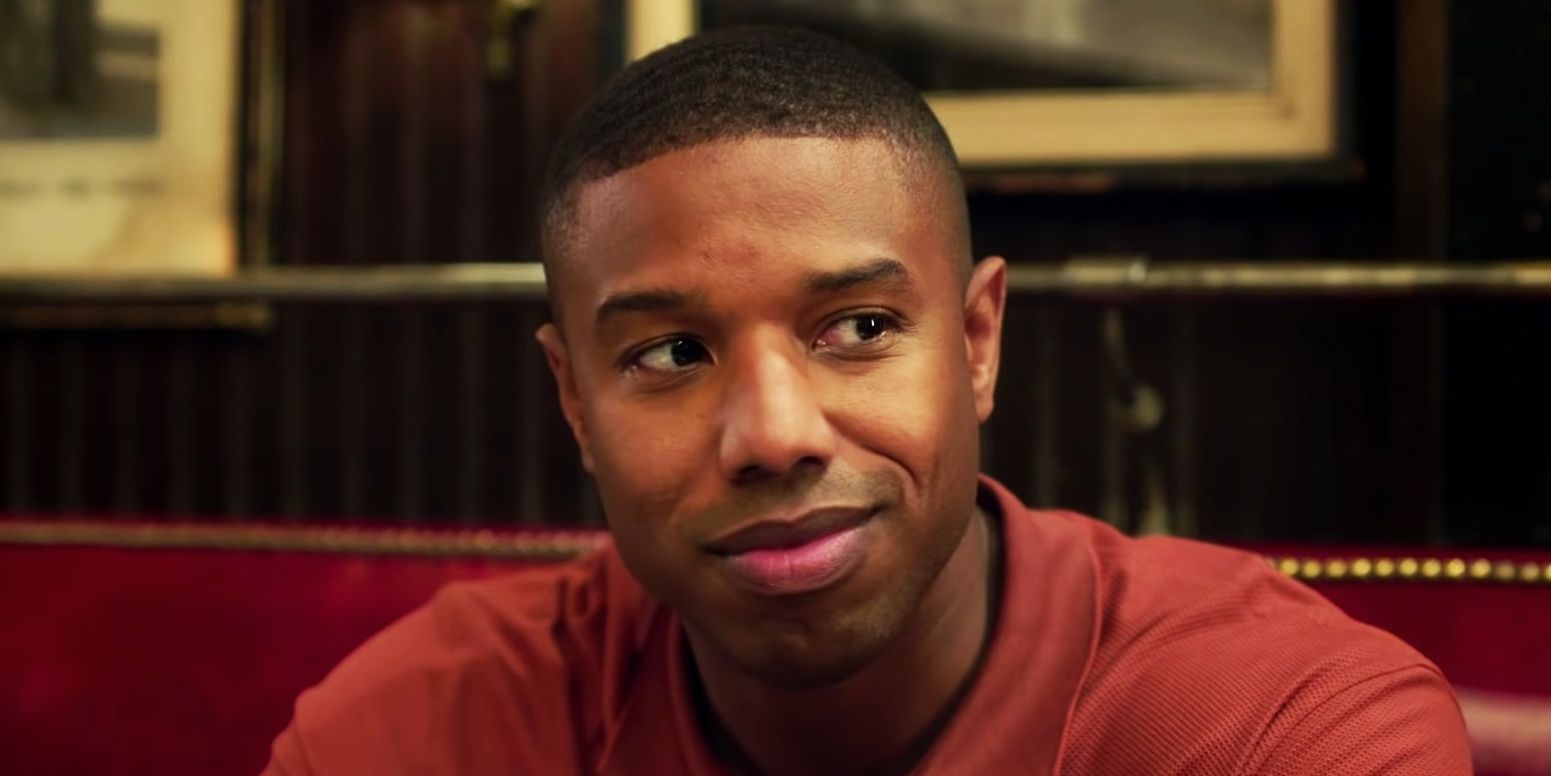


“It depends,” she replies, “on who you ask.” 25.There’s a telling moment in this film when Jordan (Jalon Christian) asks his mother (Chanté Adams) why Americans were fighting the war in which his father died. “A Journal for Jordan” debuts in theaters on Dec.
#Movie a journal for jordan movie
“But I also hope, in general, that what folks come away from this movie with is an uplifting story about love.” “As it relates to military service, I’m hoping that folks will understand at even more of a visceral level what that sacrifice is like,” she said. Reflecting on her takeaways from seeing her story played out on the big screen, Canedy is hopeful that audiences will be moved by the movie too. “I thought that obviously audiences would get caught up in the character and see us, but I saw us and that’s a testament to their talent.” “I was sort of amazed by that,” Canedy gushed. Ultimately, Adams and Jordan earned a glowing review from Canedy, who was impressed by the way the actors disappeared into their roles. “I just wanted to honor that and I wanted to honor her.” “I was very nervous I mean, anxiety through the roof, just because I knew how much weight this project held and that it meant so much more to her,” Adams said, recalling that first meeting. So, the actor reached out to Canedy a couple weeks after getting the role.

“Denzel was very adamant about making sure I knew that this was not a biopic about her life this was a biopic about the love that her and her fiancé shared,” Adams said. Though both Adams and Jordan have played real people before - Adams burst onto the scene with the Sundance-award “Roxanne Roxanne,” in which she portrayed hip-hop legend Roxanne Shanté, while Jordan has starred in true-life tales like “Fruitvale Station” and “Just Mercy” - Adams admits that playing Canedy was “nerve-wracking.” “That’s something beautiful and awesome, so to be able to have a hand in telling that story, it’s something that’s special.” “They were real people that went through obstacles … they weren’t each other’s ideal person when they first met, but they grew to be each other’s soulmate,” Jordan said, explaining what attracted him to this story. The emotional book went on to become a New York Times bestseller and served as the ultimate guide for Washington’s film adaptation, with a screenplay from Virgil Williams. In 2008, Canedy, a Pulitzer Prize-winning journalist (formerly of the New York Times) and now senior vice president and publisher of Simon & Schuster, published “A Journal for Jordan,” the memoir about her life with her war-hero partner and the journal that he wrote for their son as a guide to life and love before he was killed in action in Iraq. Telling a true story such as this one is a weighty feat. “The most important thing for me was finding this young woman who was the right - not just match - but just equal in power, strength and ability with Mike,” Washington explained. I think that is what helped us build such amazing chemistry.”įrom a filmmaker’s perspective, casting the right actors was key to creating those sparks. “Going over the scenes, breaking down the script, just talking about Dana and Charles, creating our own backstories for them for the answers that we didn’t get from the book or from Dana. “We rehearsed probably for like four to five hours a day,” Adams recalled. Washington first assembled the pair of actors for rehearsals about a month before the film began production, which Adams says was particularly helpful. Jordan’s body that I may not have decided to shoot.”īottom line - “A Journal for Jordan” is a tribute to King and Canedy’s once-in-a-lifetime love story, and as such, Jordan and Adams worked hard to get their chemistry just right. What does a woman see? Maybe she sees something another male DP wouldn’t necessarily look at - like shooting a particular part of Michael B. I wanted to see the movie through her eyes. “In the case of this story, it was deliberate,” Washington told Variety’s Clayton Davis about tapping Alberti to lens this movie. Speaking of that butt-baring scene, Washington noted that the framing of the shot was cinematographer Maryse Alberti’s idea. “And we wanted something that would give people what they want, so that’s what we went for.” “We knew the movie that we were making,” the actor concluded. “It was more of in the moment, like, how are we shooting this shot? … And, we went for it.” “I don’t think it was written like that, so I don’t think I read anything that was like, “Oh yeah, Charles walks in and his butt across the screen,” Jordan explained.


 0 kommentar(er)
0 kommentar(er)
